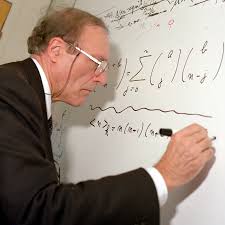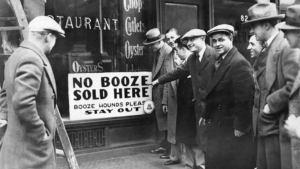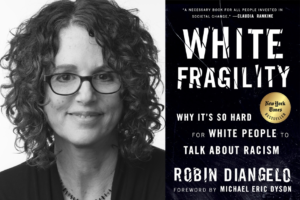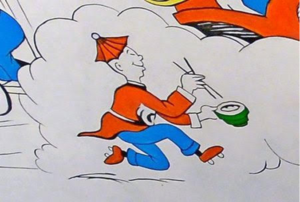I Told Them So…
I want to tell them that I told them so, but instead I’m going to say it here.
The two most incendiary issues of the last election were Trump’s handling of the Corona Crisis and the border wall. The Democrats accused the Trump administration of “ignoring the science” in favor of opening up the economy, and of inhumanely treating immigrants by having zero tolerance for illegal entry, including putting children in cages. He was also accused of conjuring up conspiracy theories by talking about hordes of Latin Americans marching towards our borders.
One of Biden’s campaign pledges was to reopen schools. In February, Centers for Disease Control and Prevention Director Rochelle Walensky said that schools could reopen without vaccinated teachers. That was the science-based go-ahead Biden needed. But when the teachers’ unions opposed it, the administration backed down, asserting that Walensky was speaking in her “personal capacity,” and spent the next two weeks equivocating on the issue. Press Secretary Jen Psaki said that while teacher vaccinations should be prioritized, “neither the president nor the vice president believe it is a requirement.”
Of course, nothing has changed in terms of the science. School children are still less likely to contract and pass on COVID than they are to catch and pass on the flu. And the closing of the schools was always a stupid and unscientific response to the pandemic. So what do we have now? The very same approach that Trump was taking back then.
The same is true of the issue of immigration. After Biden was elected, the number of people trying to cross the border illegally surged and has continued to surge, with some experts predicting that illegal crossings this year may be the highest in two decades.
In response to this surge, Homeland Security Secretary Alejandro Mayorkas repeatedly said, “Don’t come now.” The “now” part of that, as Natalie Jennings pointed out in The Washington Post, “was a shift from how even the last Democratic administration addressed a similar border surge.” [When unaccompanied minors were flooding to the border in 2014, President Obama told them not to come, period, and said that they would be sent back if they did.] Amid criticism that its rhetoric might be feeding the crisis by appearing too welcoming, though, the administration has now pulled a 180. “The message isn’t ‘Don’t come now’; it’s ‘Don’t come in this way, ever.’”
Roberta Jacobson, who oversees the White House’s southern border policy, told Reuters last Thursday, “The way to come to the United States is through legal pathways.”
Do I need to remind my friends that this was the exact same position that the Trump administration took?
And as for putting kids in cages, check out this…







